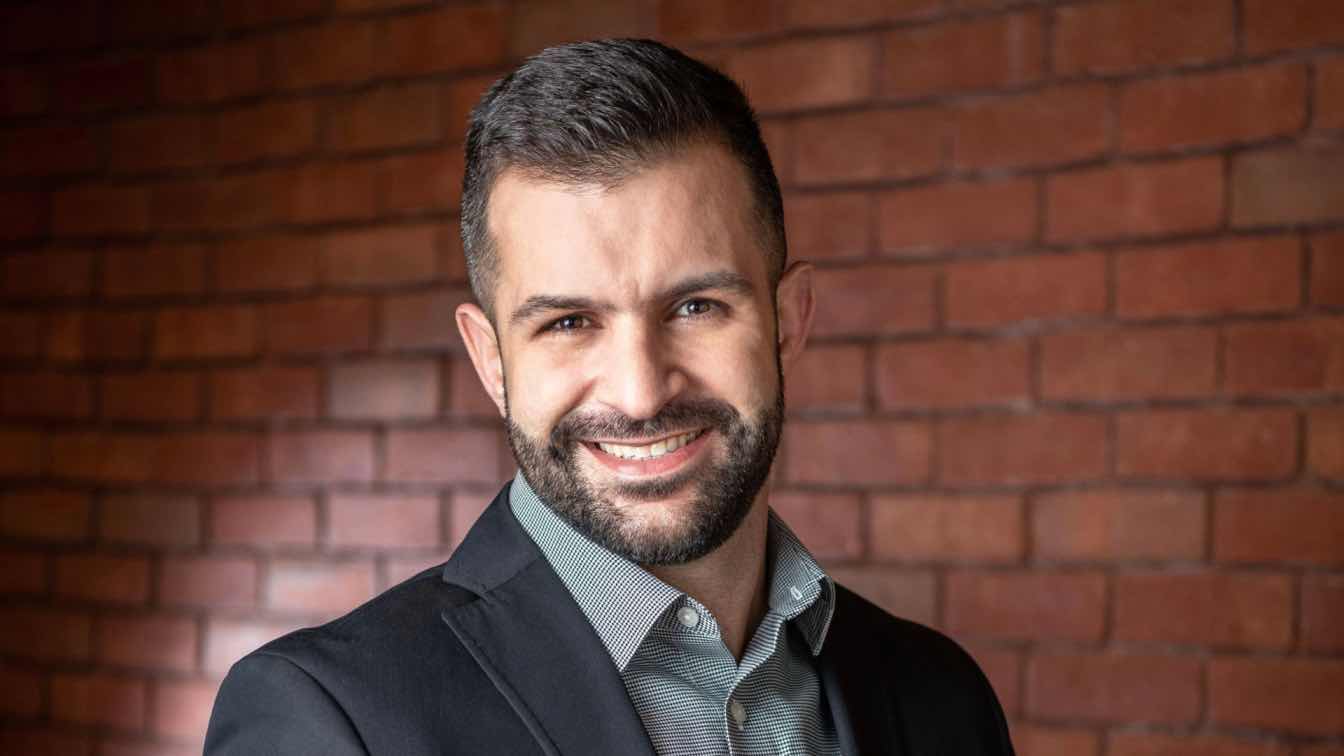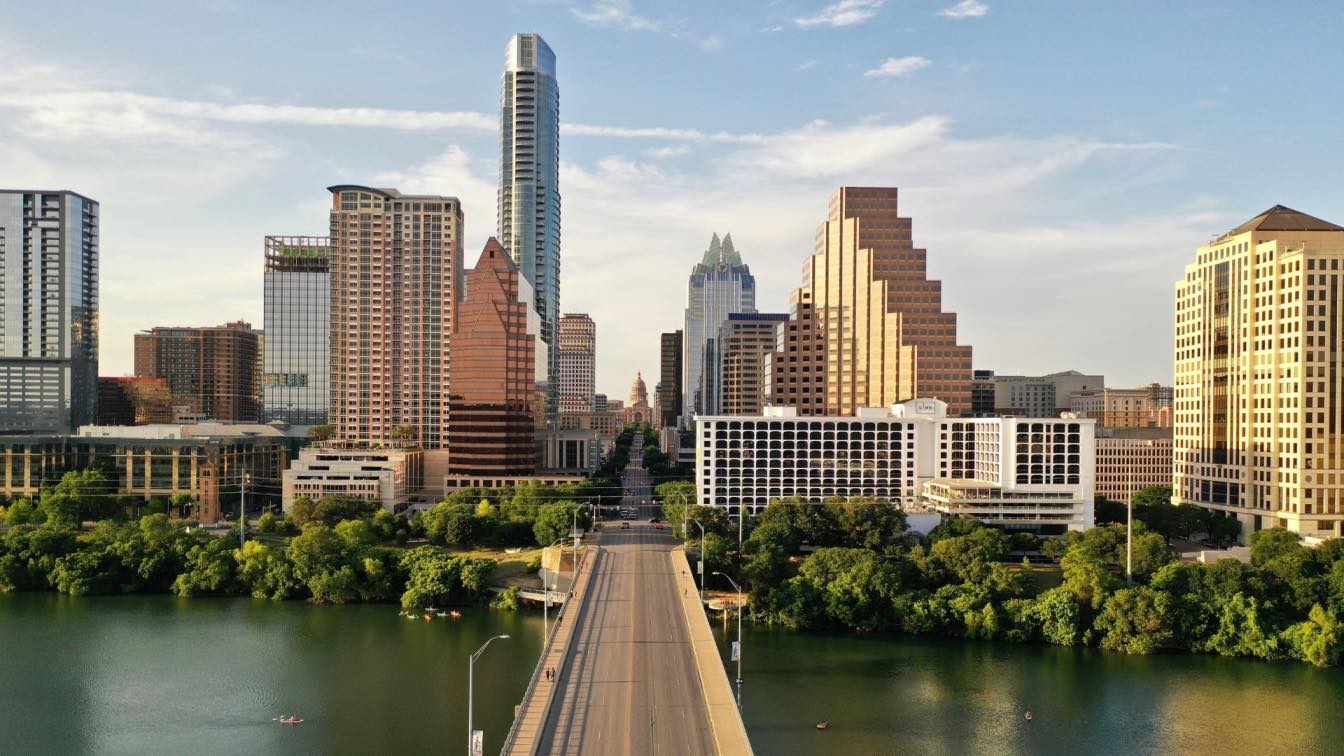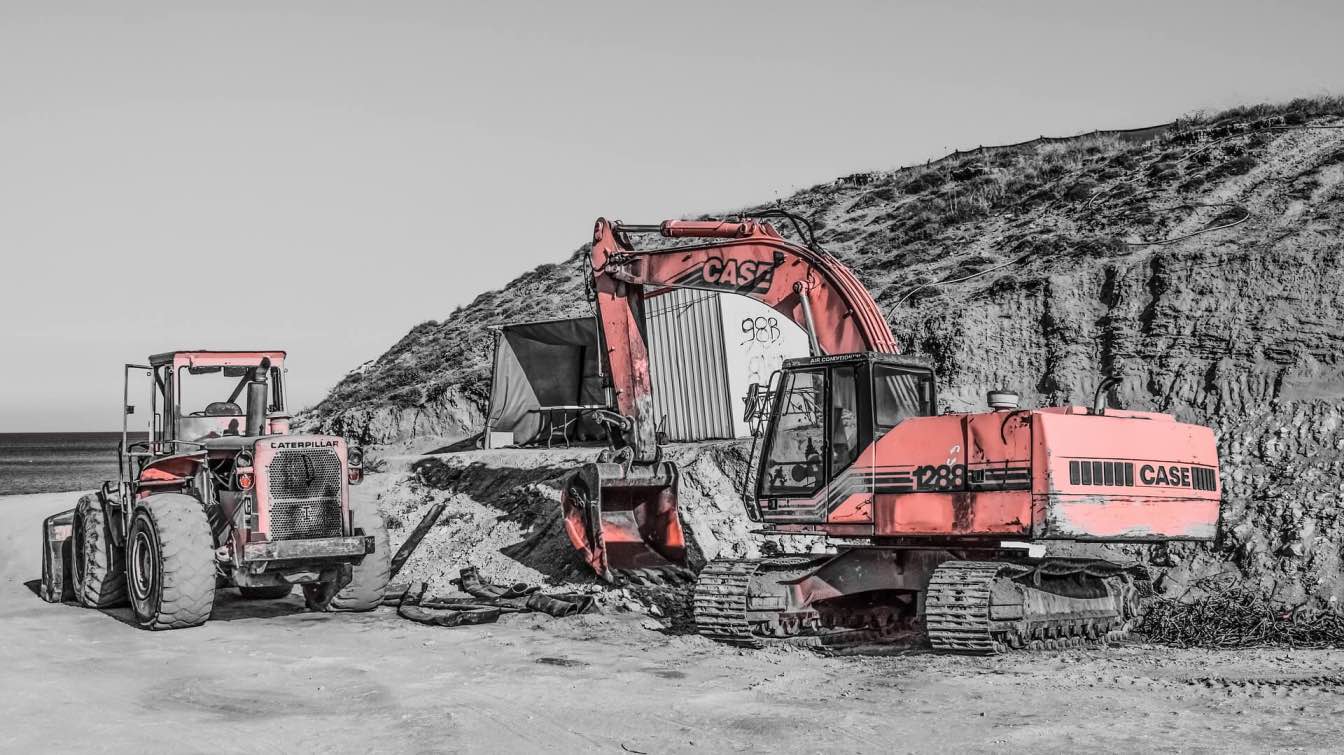In today’s fast-paced architecture and real estate world, sustainability and resiliency have moved beyond trendy terms to become essential values we need to live by.
Samer Samarani, a visionary in the field, is leading this shift, whose innovative approach weaves sustainable practices into every phase of his projects.
From concept to completion, Samarani prioritizes eco-friendly design and resilience, redefining how architecture can improve urban spaces while safeguarding the environment for future generations.
"Architecture, for me, is about engaging with communities and responding to the environment responsibly. Growing up in Lebanon, I wanted to focus on ethics and sustainability. Moving to Boston allowed me to deepen this commitment, and today, sustainability, resiliency, and community engagement are at the core of my work." says Samarani.
He is a dedicated expert in sustainable architecture and design, continually expanding his knowledge and skills.
Sama rani is currently pursuing a Master’s in Landscape Architecture at Boston Architectural College, complementing his LEED Green Associate Certification earned in 2022.
He also has a Master’s in Real Estate Development from Boston Architectural College and a Master’s in Architecture from USEK in Lebanon.
Samarani’s impressive academic background reinforces his deep commitment to ethical and sustainable building practices. Samarani’s commitment to ethical and sustainable building practices is further demonstrated by his award-winning project, the West Kuwait Mega Complex, which received the Best Office Architecture Kuwait award in 2013.
Tishman Speyer, a prominent real estate development and investment management firm, benefits from Samarani’s exceptional expertise in architecture, sustainability, and urban development. His ongoing contributions continue to make a significant impact within the company.
"Samer was tasked with overseeing a variety of base building construction projects (amenity buildouts, common corridor expansions, common area restroom upgrades, tenant buildout oversight) for properties," says Justin Miller, an asset manager who has worked with Samerani for around three years.
“He is a collaborative and supportive member of the team. Samer is attentive to his work, meets deadlines, and is communicative with our property management teams so everyone is aware of delivery timing and achieved milestones on projects he leads.
“His unique ability in his chosen profession mean has been very collaborative in addressing cost constraints in an inflationary construction environment while being attentive to the quality of the final product.”
In today’s urban landscapes, sustainability is paramount. As cities grow, they face mounting environmental challenges, including energy consumption, waste generation, and carbon emissions.
Architects and developers are responsible for creating buildings that minimize their environmental impact and actively contribute to the well-being of the planet and the people who inhabit these spaces.
For Samarani, sustainability is about more than just energy efficiency; it is about creating buildings that can adapt to the needs of their environment while reducing long-term ecological footprints.
“Sustainability has to be built into the DNA of every project from the very beginning,” says Samarani. “It’s not just about using green materials or installing solar panels; it’s about creating spaces that are holistically designed to be environmentally conscious throughout their lifecycle.”
The foundation of any successful sustainable project lies in its concept phase, where decisions about design, materials, and functionality are made. For Samarani, this stage is crucial because it sets the trajectory for the entire project.
By conducting in-depth site analyses, including studying the local climate, topography, and natural resources, Samarani tailors his architectural designs to be not only environmentally responsible but also fully integrated with their surroundings.
A key strategy in Samarani’s approach to sustainable design is passive architecture, which leverages natural environmental factors—such as sunlight, wind, and vegetation—to reduce energy consumption. This can include positioning buildings to maximize daylight and cross-ventilation, reducing the need for artificial lighting by 15% and mechanical cooling by 25%. Green roofs and vertical gardens, which are frequently part of Samarani’s designs, serve as natural insulation while improving air quality in dense urban areas.
By incorporating these elements early in the design process, Samarani ensures that his buildings are sustainable from the ground up.
“If you think about sustainability from day one, the entire project benefits,” he explains. “It’s much easier to incorporate energy-efficient and environmentally friendly practices when they are part of the initial concept.”
Another essential aspect of Samarani’s projects is the use of sustainable materials. Modern architecture must embrace the use of materials that are durable, low-impact, and energy-efficient. For Samarani, this means using recycled or reclaimed materials, such as wood, steel, and glass, wherever possible. It also involves sourcing local materials to reduce the carbon footprint associated with transportation and ensuring that all products meet rigorous environmental standards.
One of Samarani’s innovative practices is integrating smart technologies into his buildings to optimize resource use. Smart building management systems that control lighting, heating, and water usage ensure that buildings only consume resources when necessary. These systems, powered by renewable energy sources such as solar or wind, are key to reducing a building’s overall carbon footprint and operational costs.
“Sustainable architecture isn’t just about reducing impact during construction,” Samarani notes. “It’s about creating a building that operates efficiently over its entire lifespan. Technology is a critical tool in making that happen.”
As climate change intensifies, architects and developers must consider the long-term resiliency of their projects. Resiliency refers to the ability of buildings to withstand and adapt to environmental challenges, such as rising temperatures, extreme weather, and natural disasters.
For Samarani, designing for resiliency is just as important as sustainability—buildings must not only reduce their impact on the environment but also protect their inhabitants from future climate risks.
To achieve this, Samarani incorporates resilient features into his designs that ensure the longevity and safety of his buildings. This can include flood-resistant foundations, energy-efficient insulation that protects against heatwaves, and renewable energy backups to keep buildings functional during power outages. In regions prone to earthquakes, Samarani uses advanced structural systems that allow buildings to flex and absorb shock without sustaining damage.
A perfect example of Samarani’s resiliency in practice is a recent coastal development where sea-level rise and storm surges posed significant risks. By raising the foundation and integrating stormwater management systems, Samarani created a building that not only fits into the coastal environment but also actively protects itself from the changing conditions of the surrounding ecosystem.
“Resiliency is about thinking ahead,” he says. “We have to build in a way that anticipates future challenges, ensuring that our designs stand the test of time.”
For Samarani, true success goes beyond merely completing a building; it’s about its long-term performance and its impact on the environment and community. His contributions to major projects at Tishman Speyer, such as the Enterprise Research Campus and the renovation of iconic buildings in Boston, underscore his remarkable influence in reducing vacancy rates, enhancing amenities, and securing new leasing deals.
While earning green certifications such as LEED and accolades like the Best Architectural Single Residence Arabia for the Amchit Beach House in Lebanon in 2013 is impressive, Samarani sees these achievements as just the starting point. His current focus is on the long-term performance of buildings, emphasizing both environmental sustainability and the well-being of their occupants. As a Board Member of the Rose Kennedy Greenway BID, Samarani’s dedication to these principles is clear, as he continues to shape urban spaces with a vision for lasting positive impact.
This holistic approach means that even after a building is completed, Samarani continues to monitor its performance and make adjustments as necessary to ensure that it meets its sustainability and resiliency goals. Whether it’s optimizing energy systems or adapting the building’s use of water and waste, Samarani’s commitment to sustainability doesn’t end when construction is finished.
“The work doesn’t stop when we hand over the keys,” he says. “Sustainability and resiliency are ongoing processes that require constant attention and refinement.”
Samarani is also highly regarded by his peers in his understanding of sustainability and in particular to how it needs to be considered in builds which are vulnerable to aspects of being close to the ocean.
His peer-reviewed paper, ‘Exploring Port City Porosity and Flows: The Case Studies of Port of Málaga and Port of Beirut,’ examines these matters in depth.
Samarani’s expertise in architecture and real estate development of all types and locations places him at the forefront of sustainable design. His projects, from concept to completion, embody a deep commitment to creating buildings that are aesthetically pleasing, environmentally responsible, and resilient in the face of future challenges.
As urban growth accelerates and the climate crisis intensifies, his work provides a visionary blueprint for how architecture can adapt to a changing world.
"We have a responsibility to design buildings that serve the present and are prepared for the future. Sustainability and resiliency should no longer be seen as add-ons, but as core elements of every project," says Samarani.





